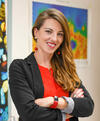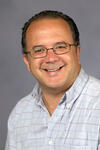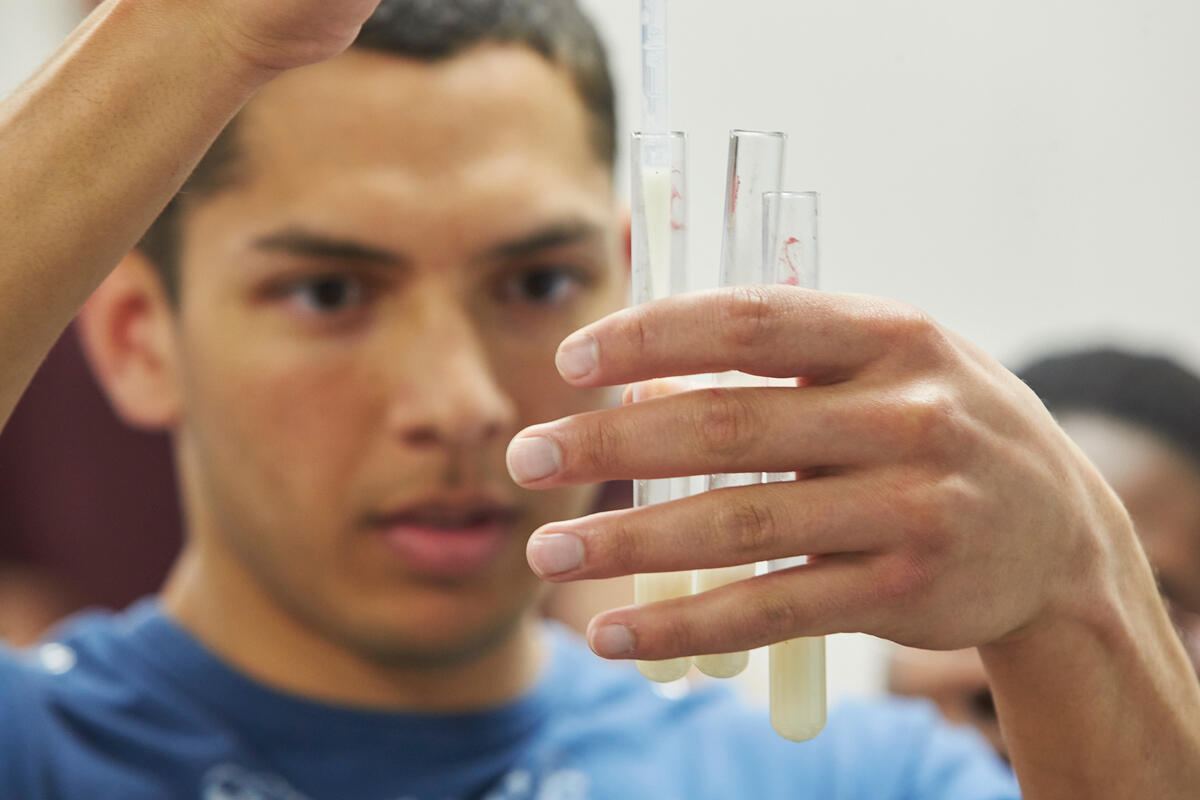
College of Sciences News
The School of Life Sciences offers programs that meet the needs of students intending to enter the workforce or pursue advanced training in the sciences, medicine, and other professional and technical fields. We provide a well-rounded foundation in natural, physical, and mathematical sciences that can set students up for successful careers and professional programs.
Current Sciences News
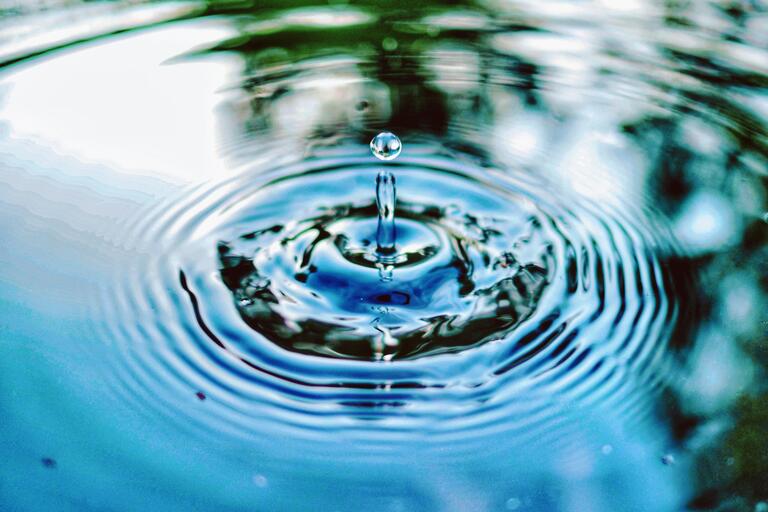
UNLV study uses wastewater surveillance model to detect, manage emerging viruses and offer clues on public health challenges of vulnerable populations.

With funding from governor's office, StepUp & StartUp program has matched 50 UNLV students with local tech companies.
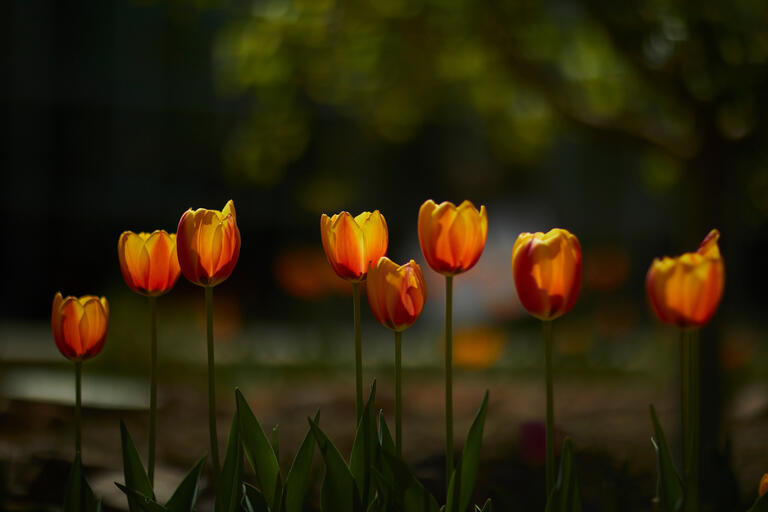
A roundup of the top news stories featuring UNLV students and faculty.
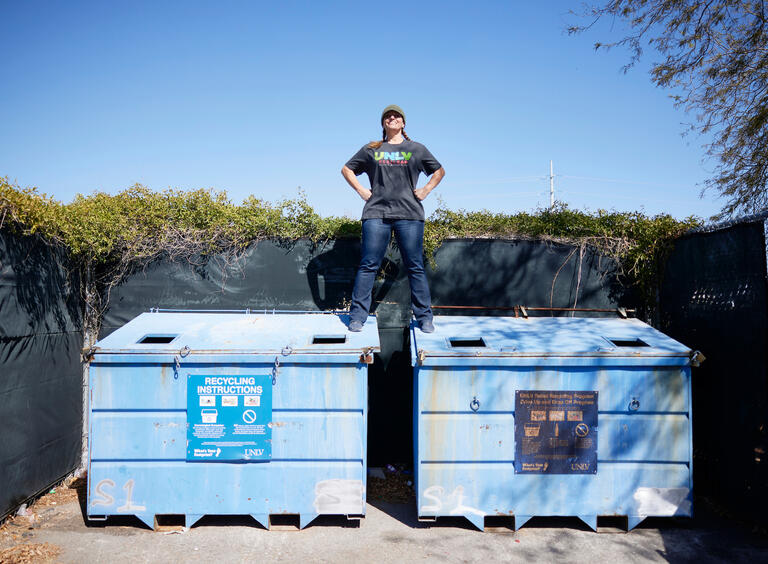
Revitalization efforts for Drive Up Drop Off program will include repainting dumpsters and new signage to spread the word about the program's services.
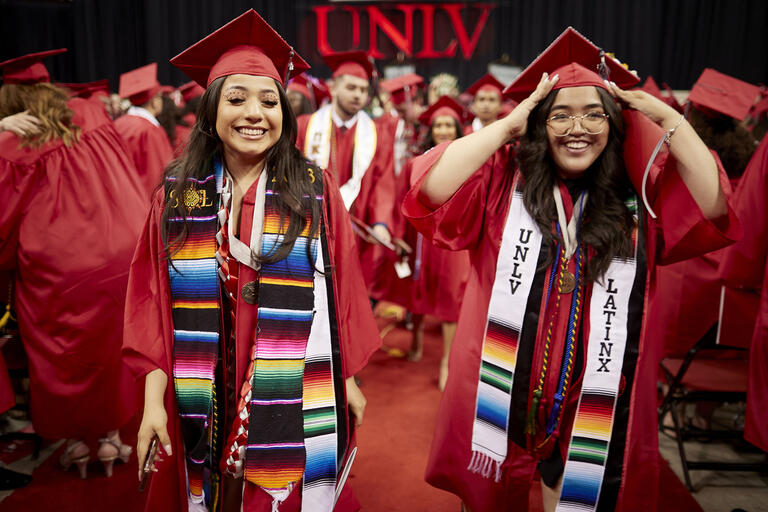
UNLV-led grant project creates a hub for faculty across the country to share resources, learn, and collaborate with each other.
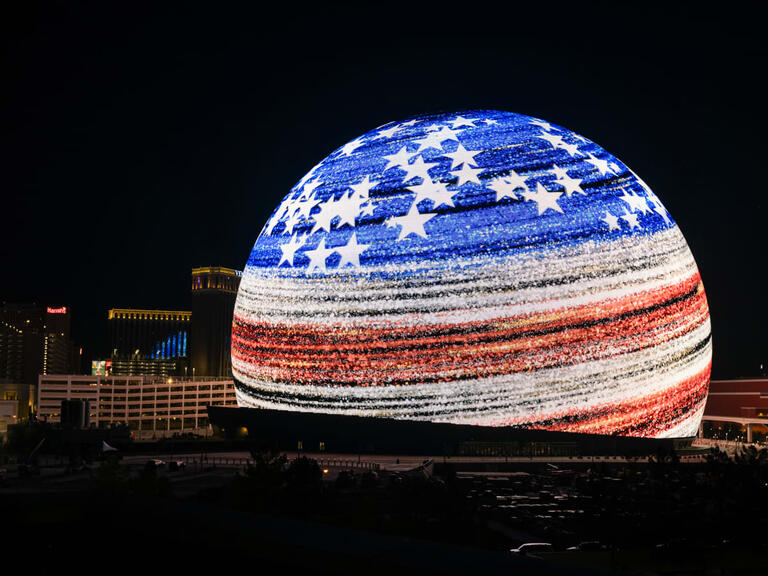
For Sphere’s first design contest, celebrating the 4th of July, two winners from Art, Architecture, Film, Engineering, and Mathematics will have their designs showcased on the Exosphere.
Sciences In The News
A video posted to social media this month captured two men destroying ancient rock formations at Lake Mead National Recreation Area in Nevada. National park rangers are asking for the public’s help in identifying the visitors, who could face federal charges for vandalizing protected land.

Boarding a plane can often be a frustrating experience, particularly due to the lengthy process, straining to hear boarding groups and securing an overhead bin space — all before finally settling into a seat. However, Delta Air Lines is hoping to streamline this process by changing how it calls boarding groups.
Boarding a plane can often be a frustrating experience, particularly due to the lengthy process, straining to hear boarding groups and securing an overhead bin space — all before finally settling into a seat. However, Delta Air Lines is hoping to streamline this process by changing how it calls boarding groups.

Earlier this month, a video posted to social media captured two men destroying ancient rock formations at Lake Mead National Recreation Area in Nevada. National park rangers are asking for the public’s help in identifying the visitors, who could face federal charges for vandalizing protected land.

While it may have only been a partial solar eclipse for Southern Nevada, Monday's celestial event was a crowd-pleaser for hundreds of locals who showed up for a big watch party at the College of Southern Nevada (CSN).
Did you see the total solar eclipse? If you were one of the lucky ones with cloudless skies on Monday (April 8), you might be hooked on eclipse chasing for the rest of your life. And if you were one of the unlucky ones stuck under clouds, well, there's always next time. But when is that next time? If you're willing to travel abroad, not that long: two years and change. But if you want to stay in the U.S., you'll be waiting a while: nearly a decade.
Sciences Experts



